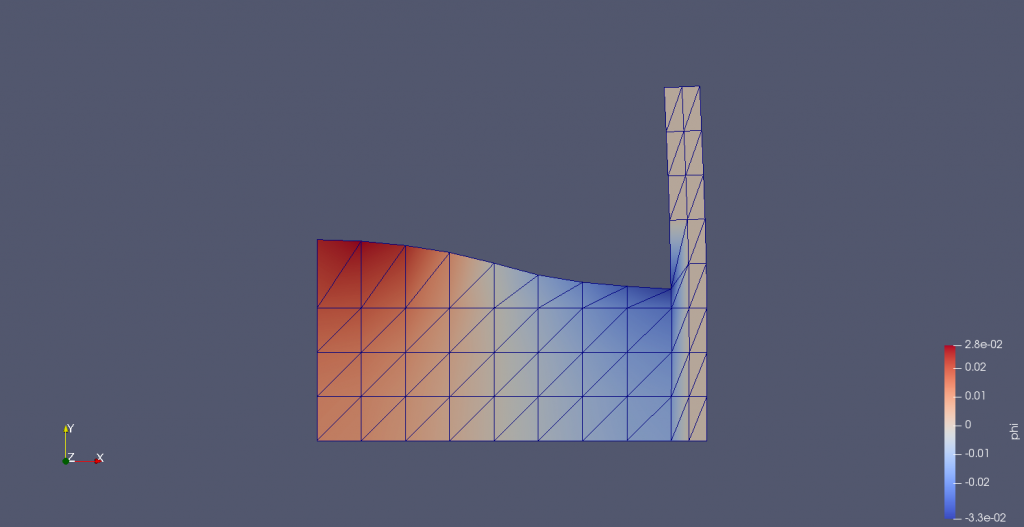Blog entry: Automating forward and adjoint coupling in finite element geoscience simulations
In this project we are enabling ‘coupling’ in the Firedrake stack, for the purpose of simulation, optimisation and uncertainty quantification. We are particularly interested in the type of coupling in which two or more domains of possibly distinct physical natures interact with each other via interfaces.
One characteristic example of such coupling is ‘ocean-atmosphere coupling’ that aims to explain global climate taking into account the interaction between the ocean currents and the atmospheric circulation via, e.g., heat exchange on the ocean surface. Another is ‘domain-decomposition’ often employed in wave propagation problems; an originally monolithic domain is artificially decomposed into smaller subdomains of appropriate size for computation, and solutions in the subdomains interact with each other via the artificial interface to finally form a global solution. A third example is fluid-structure interaction, where the fluid and solid satisfy different equations that need to be coupled at the boundary. This has important applications e.g. in designing wave/wind/tidal turbines etc.
Our current development in Firedrake is to facilitate numerical simulations and model development in these fields.



